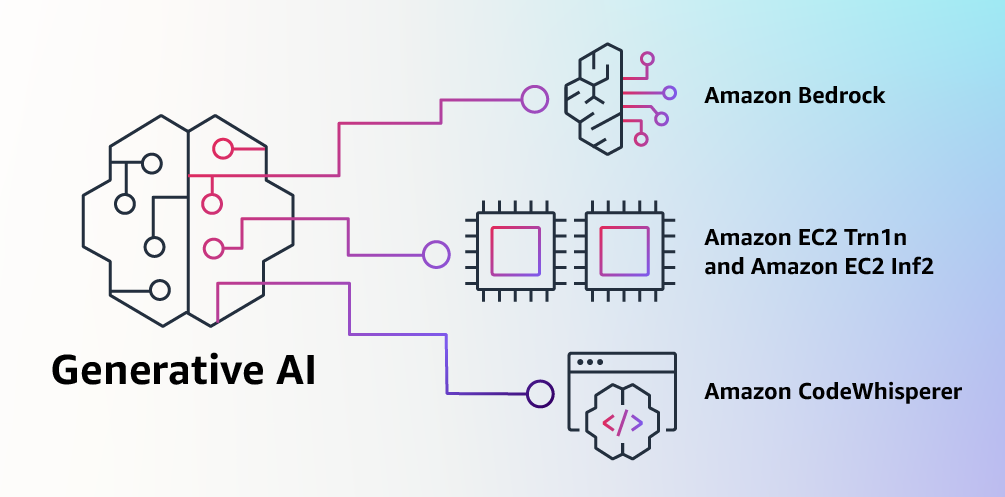Google’s “SEO Made Easy” YouTube Series: Boosting Your Website’s Search Engine Performance
In today’s digital landscape, optimizing your website for search engines is crucial for gaining visibility and driving organic traffic. To help website owners navigate the complex world of SEO, Google has launched the “SEO Made Easy” YouTube series. This series aims to provide practical tips and strategies for improving your website’s performance in search engine results pages (SERPs). Whether you’re a beginner or an experienced website owner, this series offers valuable insights to enhance your SEO efforts.
The Importance of Structured Data in Customizing Site Names
The first episode of the “SEO Made Easy” series focuses on the importance of structured data in customizing site names in Google’s search results. Structured data is a standardized format that allows search engines to understand the content of a webpage more accurately. By utilizing structured data, website owners can influence how their brand name appears in Google’s SERPs.
Martin Splitt from Google’s Search Relations team explains that if Google Search struggles to determine the preferred name of your website automatically, structured data can be employed to customize it. To ensure consistency, Splitt suggests including the site name in the title of all pages. This can be achieved by setting a site-wide name or manually adding the site name to page titles.
It is important to note that these changes may only work for subdomains or top-level domains, not on a per-directory level. Once you have made the necessary modifications, allow Google some time to process the updates. You can expedite this process by using Google Search Console and requesting the re-indexing of the homepage.
Pillar Pages and Clustered Content: Improving Site Structure and On-Page SEO
In addition to customizing site names, another effective strategy to boost your website’s SEO performance is by implementing pillar pages and clustered content. Pillar pages are comprehensive, in-depth pieces of content that serve as the main hub for a specific topic. Clustered content, on the other hand, consists of related subtopics that link back to the pillar page.
The use of pillar pages and clustered content improves site structure by organizing information in a logical and user-friendly manner. It allows visitors to navigate through your website easily and find the information they are looking for. From an SEO perspective, this structure enhances internal linking, which is a crucial ranking factor for search engines.
On-page SEO is also enhanced through pillar pages and clustered content. By focusing on a specific topic in a comprehensive manner, pillar pages can target relevant keywords and provide valuable information to users. Clustered content supports the pillar page by covering related subtopics and linking back to the pillar page, further strengthening the website’s topical authority.
Leveraging Topic Clusters for Better Search Engine Performance
Topic clusters are a powerful SEO strategy that complements pillar pages and clustered content. A topic cluster consists of a pillar page and a group of related content pages that revolve around a central topic. The pillar page acts as the main hub for the topic, while the content pages provide more detailed information on subtopics.
Implementing topic clusters improves search engine performance by signaling to search engines that your website is an authoritative source on a specific topic. When search engines crawl your website and encounter a well-structured topic cluster, they recognize the depth and breadth of your content, which can result in higher rankings.
To create effective topic clusters, start by identifying a core pillar page that covers a broad topic related to your business or industry. Then, create content pages that delve deeper into specific subtopics, all linking back to the pillar page. This interlinking signals to search engines the relationships between the pages and strengthens the overall topical relevance of your website.
Using Google Search Console to Identify Low-Hanging Fruit
Google Search Console is a valuable tool for website owners and SEO professionals alike. It provides insights into how Google’s search engine crawls and indexes your website. By utilizing the data from Google Search Console, you can identify low-hanging fruit – quick wins and opportunities to improve your website’s performance.
One way to identify low-hanging fruit is by analyzing the search queries that drive traffic to your website. Look for keywords that have a high impression count but a low click-through rate (CTR). These keywords represent opportunities to optimize your website’s metadata, such as meta titles and descriptions, to make them more enticing and relevant to users.
Additionally, Google Search Console provides data on crawl errors, mobile usability, and page speed, which are all important factors for SEO. By addressing these issues, you can improve your website’s user experience, mobile-friendliness, and overall search engine performance.
Lazy Loading for Enhanced Page Experience
Page experience has become a crucial ranking factor for Google, as it directly impacts user satisfaction. One technique to enhance page experience is through lazy loading, a method that delays the loading of non-essential content until the user scrolls or interacts with the page.
By implementing lazy loading, you can significantly improve your website’s performance, especially for pages with large amounts of content or media. Lazy loading reduces initial page load times, leading to faster page rendering and improved user experience. This, in turn, can positively impact your website’s search engine rankings.
To implement lazy loading, you can utilize JavaScript libraries or plugins specifically designed for this purpose. These tools enable you to progressively load content as the user interacts with the page, providing a seamless browsing experience.
Keeping Up with SEO Algorithm Updates
Search engine algorithms are constantly evolving, which means SEO strategies must adapt accordingly. Staying up to date with SEO algorithm updates is crucial to ensure your website remains optimized and compliant with search engine guidelines.
Google, in particular, regularly releases updates that can impact search rankings. It is important to monitor industry news and follow trusted sources to stay informed about these updates. Additionally, Google Search Console provides information on manual actions taken against your website, allowing you to address any issues promptly.
When algorithm updates occur, it is essential to review and adjust your SEO strategies accordingly. Analyze how the updates may have affected your website’s performance and make the necessary changes to align with the new ranking factors.
The Future of Paid Search: Trends and Strategies
While the “SEO Made Easy” series primarily focuses on organic search optimization, paid search is also a crucial component of digital marketing. To navigate the ever-changing landscape of paid search, it is essential to stay informed about the latest trends, strategies, and technologies.
Google offers various resources, including webinars and conferences, to help marketers and advertisers stay ahead in the paid search game. These events provide insights into emerging trends, effective strategies, and innovative tools that can enhance your paid search campaigns.
By attending these events and staying up to date with industry news, you can leverage paid search to drive targeted traffic, generate leads, and maximize your return on investment (ROI).
The Role of Content Marketing in SEO
Content marketing plays a significant role in SEO by providing valuable and relevant content to users. Search engines prioritize websites that deliver high-quality content, as it enhances the overall user experience and satisfies search intent.
To succeed in content marketing, it is essential to develop a comprehensive content strategy. This involves identifying your target audience, conducting keyword research, and creating engaging and informative content that aligns with user search queries.
In addition to creating compelling content, it is crucial to promote it effectively to reach a wider audience. Utilize social media platforms, email marketing, and influencer collaborations to amplify your content’s reach and attract organic backlinks.
The Power of Social Media in SEO
Social media platforms have become integral to digital marketing strategies, and their impact on SEO should not be overlooked. While social media signals do not directly influence search engine rankings, social media can indirectly impact SEO through increased brand visibility, user engagement, and the potential for natural backlinks.
By maintaining an active presence on social media, you can build brand awareness, connect with your target audience, and drive traffic to your website. Engaging social media content can attract organic backlinks from influential users, which can positively impact your website’s search engine rankings.
To leverage the power of social media in SEO, incorporate social sharing buttons on your website, encourage user-generated content, and regularly share valuable content from your website on social media platforms. This integration between social media and SEO can enhance your overall digital marketing strategy.
Conclusion
In the ever-evolving landscape of SEO, it is crucial to stay informed about the latest strategies, trends, and updates. Google’s “SEO Made Easy” YouTube series provides valuable insights and practical tips for optimizing your website’s performance in search engine results.
By customizing site names through structured data, implementing pillar pages and clustered content, leveraging topic clusters, and utilizing tools like Google Search Console, website owners can enhance their SEO efforts and improve their search engine rankings.
Additionally, staying up to date with algorithm updates, understanding the importance of paid search and content marketing, and harnessing the power of social media can further enhance your website’s visibility and organic traffic.
With Google’s “SEO Made Easy” YouTube series and a holistic approach to SEO, you can drive more organic traffic to your website, connect with your target audience, and achieve long-term success in the digital landscape.




